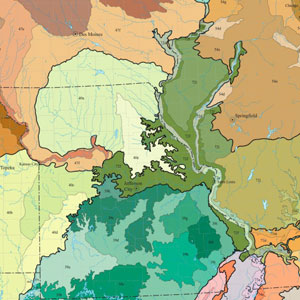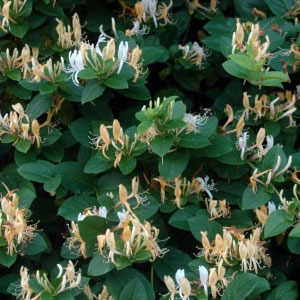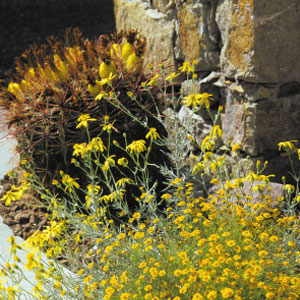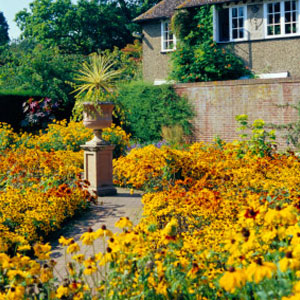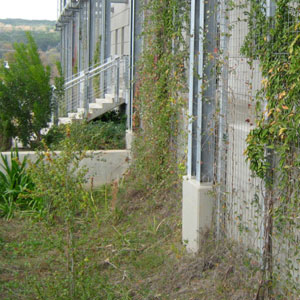Beyond simply enriching our lives with beauty and wonder, plants provide key environmental benefits: They make oxygen and clean the air we breathe, purify water, regulate temperature, control erosion, and serve as habitat for wildlife; plants are essential to the functioning of healthy home gardens and surrounding landscapes. They also provide a variety of economic and social benefits, such as reducing energy costs for the cooling or heating of homes or buildings and creating restful settings that provide an environment conducive to mental restoration. Selecting and installing plants that are adapted to site conditions, climate and garden design require fewer resources and less maintenance to thrive. Understanding plant selection, site conditions and maintenance practices, gardeners can help conserve water, reduce costs, provide habitat, reduce soil erosion, minimize the use of fertilizers and pesticides, and ultimately save money typically allocated for landscape maintenance.
Find plants native to your ecoregion:
Wildflower Center Native Plant Database
NWF Native Plant Finder
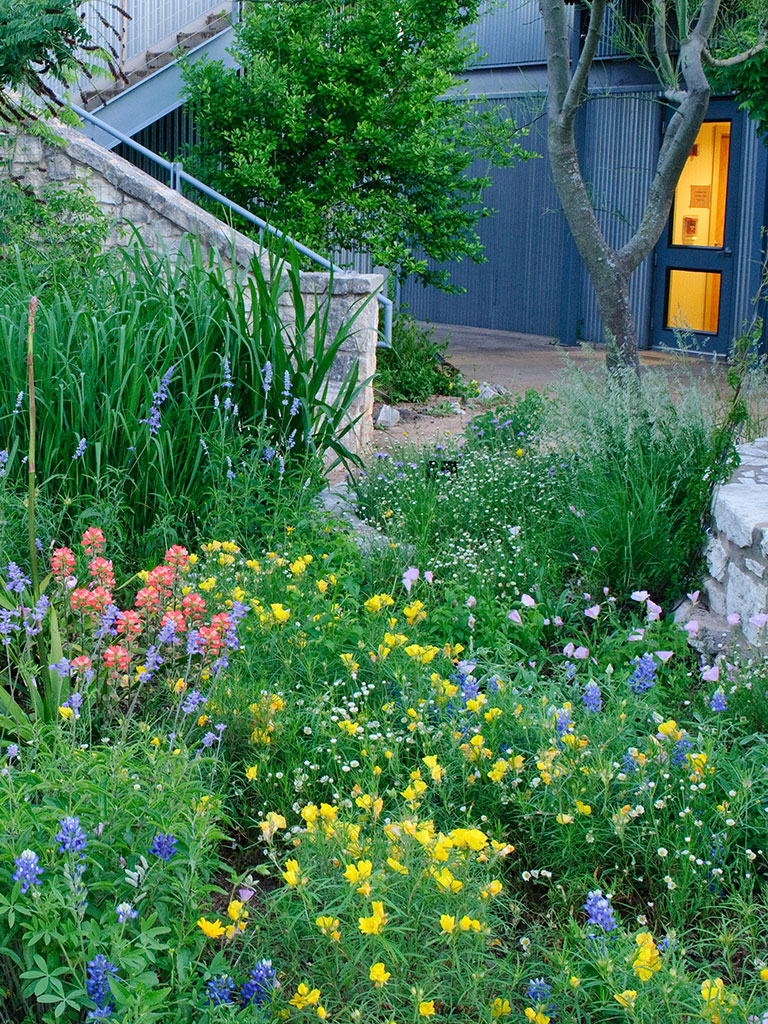
Native plants provide seasonal beauty, support wildlife and conserve water. Image credit: Lady Bird Johnson Wildflower Center
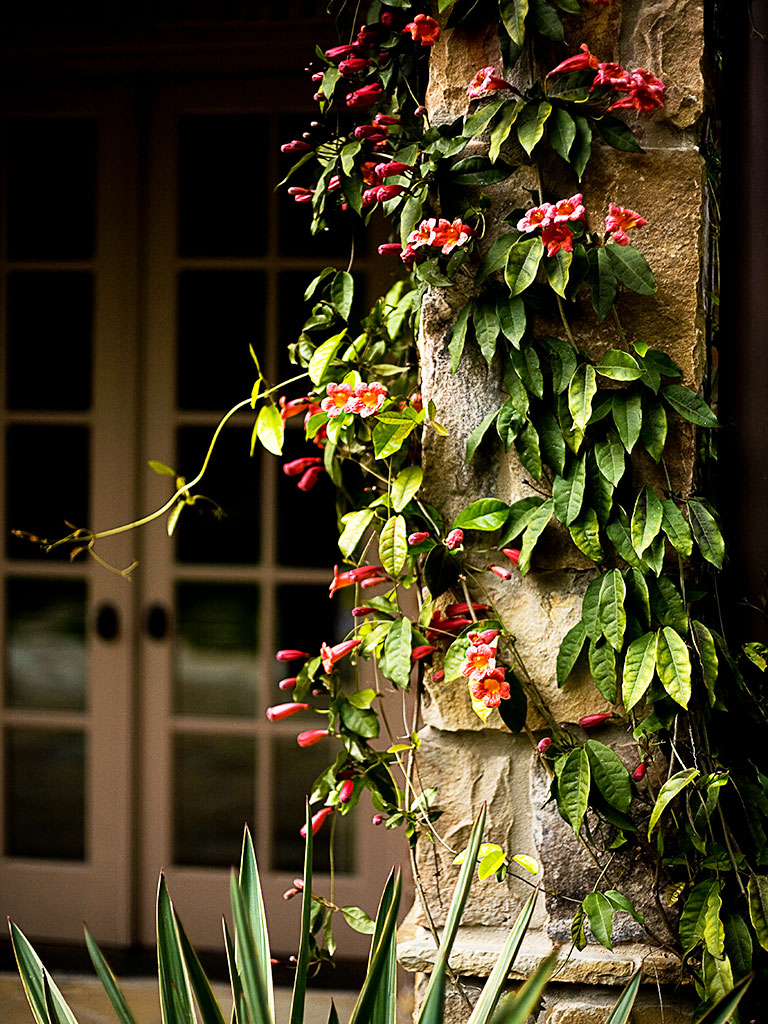
Climbing plants like this crossvine embellish architectural structures that might otherwise look stark. Image credit: Landscape For Life
Plants play an essential role in Earth’s ecosystems by regulating water flow, supporting soil health, storing carbon, and contributing to nutrient cycling. They provide valuable services, including:
- Mitigating the urban heat island effect – plants cool the air by providing shade and evaporating soil moisture.
- Cleansing air and water – vegetation absorbs, sequesters and breaks down pollutants in air and water.
- Providing oxygen – through the process of photosynthesis, vegetation takes in CO2 and releases oxygen.
- Erosion control – plants reduce the intensity of rainfall hitting the ground, increase the absorption of water into the soil and help hold soil together.
- Providing habitat – vegetation provides refuge, breeding and nursery habitat for wildlife above and below the ground.
- Producing resources – plants provide food and renewable non-food products such as wood, cloth fibers, oils, fruits and vegetables.
- Creating restful and peaceful settings – trees and other vegetation create places that allow us to refresh our minds, relax and better manage the stress of everyday life.
Unsustainable vs. Sustainable Gardens:
Unsustainable Landscape
- Includes invasive plants that threaten natural ecosystems.
- Requires potable water, fertilizers and pesticides to maintain plant health.
- Often has low diversity and minimal habitat for wildlife.
- Not designed to improve home energy efficiency.
Sustainable Landscape
- Vegetation is carefully selected to avoid the use of invasive species; existing invasive species are removed from the garden.
- Includes plants that are adapted to the climate and conditions of the site.
- Includes plants that are both beautiful and serve as food or refuge for wildlife.
- Uses vegetation to reduce the heating and cooling requirements of the home and surrounding buildings.
GET STARTED WITH PLANTS
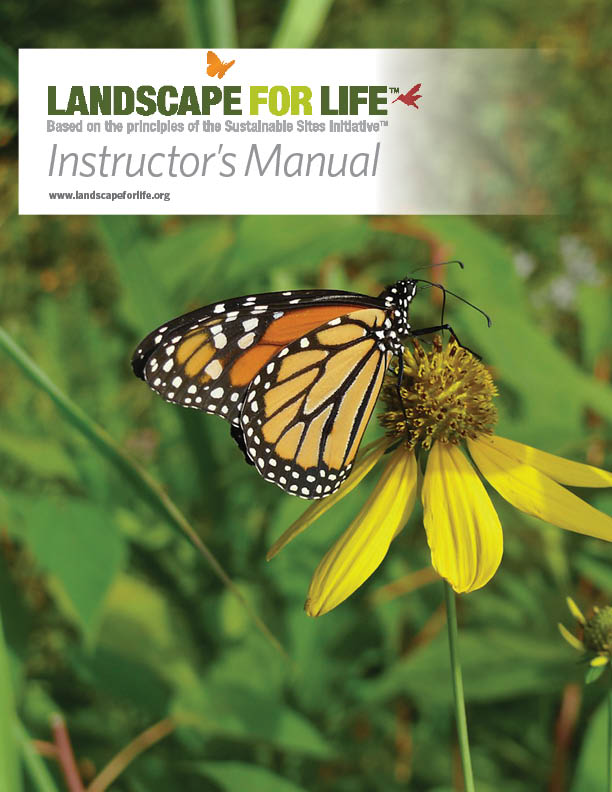
BECOME A LANDSCAPE FOR LIFE TEACHER!
Expanded training opportunities coming in 2024! Landscape For Life includes a complete kit of teaching resources which can be used to conduct classes in sustainable home gardening.
Landscape For Life™ was developed by United States Botanic Garden and the Lady Bird Johnson Wildflower Center, based on the principles of the Sustainable Sites Initiative (SITES®). The program is now a collaboration between Colorado State University Extension and the United States Botanic Garden.


